Gypsy Moth
Lymantria dispar
Checklist Number72.011 [B&F: 2034]
Verification
Record will normally be accepted but photo evidence may be required - check with CMR if not sure of identity
Classification
| Family: | Erebidae |
| Subfamily: | Lymantriinae |
| Genus: | Lymantria |
| Species: | dispar |
| Authority: | (Linnaeus, 1758) |
Formerly frequent in the fens of East Anglia, this moth was presumed extinct in Britain in the early 1900s when breeding sites were cleared and drained. Occasional records, mainly from coastal southern England, since then have been regarded as immigrants. However, in the 21st century it has become temporarily established in a very few areas, these all thought to be accidental introductions by the horticultural trade. In Hampshire there has been a pattern of increased occurrence in the 21st Century, possibly related to radiation out from the introduced colonies in London, and breeding was first evidenced in 2019 when larval webs were discovered in Basingstoke. It is probably resident at low levels in urban areas across the county. Wingspan male 48-53 mm, female 59-65 mm. The male has prominent crescent-shaped black reniform mark and black orbicular spot; the female is superficially similar to female Black Arches - but the latter species is smaller with the female Gypsy Moth having a thickset and blunt abdomen - and cannot fly, rarely travelling far from the cocoon and thus any occurrence in Britain of a female moth is clear evidence of local breeding.
The extinct English race fed on Bog-myrtle (Myrica gale) and Creeping Willow (Salix repens). On mainland Europe occurs in a wide variety of habitats feeding on broadleaved trees and bushes.
The extinct English race fed on Bog-myrtle (Myrica gale) and Creeping Willow (Salix repens). On mainland Europe occurs in a wide variety of habitats feeding on broadleaved trees and bushes.

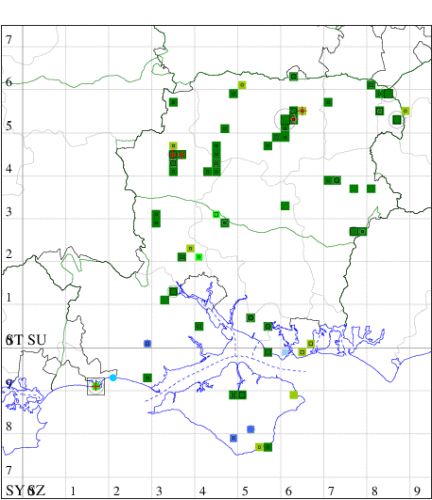
The abundance in each month is indicated as follows:
 No records
No records Very occasional
Very occasional Irregular
Irregular Uncommon
Uncommon Off-peak, but not unusual
Off-peak, but not unusual Off-peak, but not unusual
Off-peak, but not unusual Main flight time
Main flight time| J | F | M | A | M | J | J | A | S | O | N | D | |
|---|---|---|---|---|---|---|---|---|---|---|---|---|
| Adult |  |  |  |  |  |  |  |  |  |  |  |  |
| Larval |  |  |  |  |  |  |  |  |  |  |  |  |
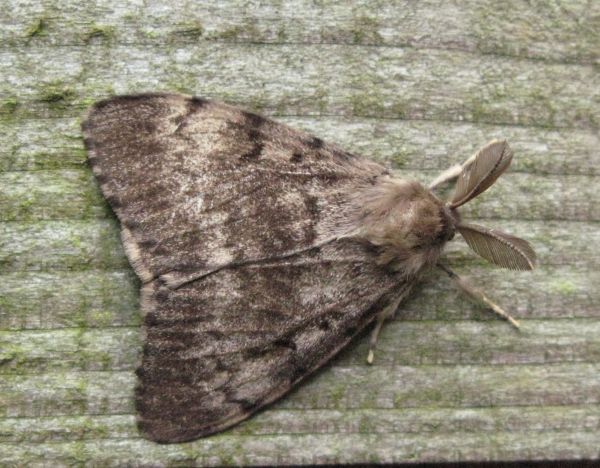


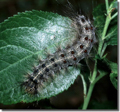
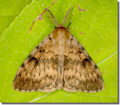
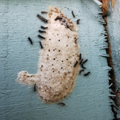
(Female with eggs)(IMG_5898).jpg)
()(IMG_5982).jpg)